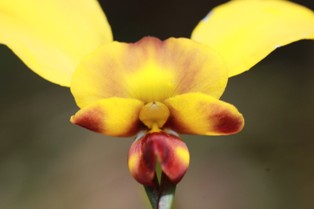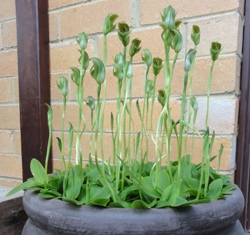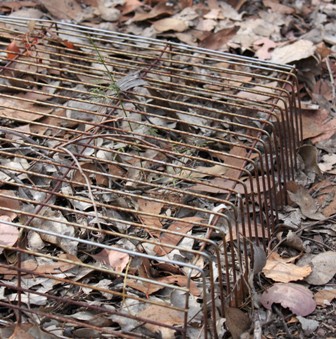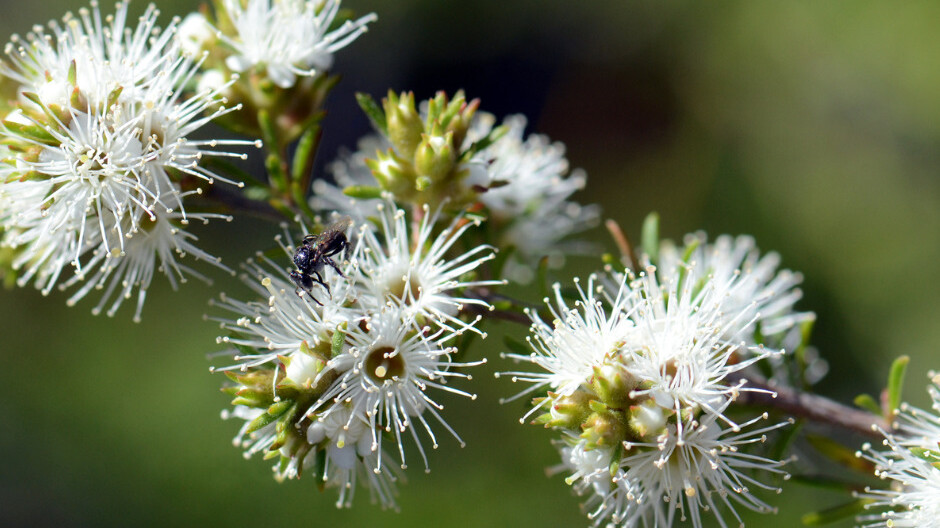Orchids are one of my favourite plants and one of the many reasons why I live on a forested property north of Melbourne. The area is a recognised hotspot for many native orchids, including the highly endangered Rosella Spider Orchid (Caladenia rosella).
Rosella Spider Orchids start emerging on my block around July each year alongside the Nodding Greenhood Orchids (Pterostylis nutans). September and October is the high season when neighbours start looking at you sideways asking quietly, “Have your Caladenias come out yet?” By December, orchid season has almost past, but for the grand finale the amazing Pink Hyacinth Orchid (Dipodium roseum) emerges from the ground like some alien pod and completely steals the show.

grow on trees). The more tropical, wetter regions of Australia are favoured by the epiphytes while the terrestrials are generally found in the drier more fire-prone southern regions.
Where I live we have terrestrial orchids that are deciduous and diedown to a dormant underground tuber, generally in summer. With the rarer species we need to cover them with wire netting to protect the tubers from kangaroos and birds such as the Chough who love to dig them up and have a feed.
Many terrestrial orchids have tiny seeds with no significant food stored inside. Instead they rely on a fascinating relationship with mycorrhizal fungi that assist in seedling development once germination has occurred. These fungi attach themselves to the orchids’roots and as the fungi harvest nutrients from the soil they generously allow the orchid to share in the bounty. Some orchids rely on mycorrhizal fungi only to aid early growth but many, at least to some extent, rely on these fungi throughout their lives.
Most orchids also have a specialist relationship with specific insect pollinators and will go to great lengths to attract the appropriate gnat, hoverfly, bee etc.

Sustainable gardeners can contribute to the health and survival of native orchids by avoiding the use of chemicals that may kill insect pollinators; by only taking photographs rather than illegally harvesting native orchids from the wild; and by growing some localised species such as greenhoods in their garden.
For detailed information on these beautiful and fascinating plants visit the Australian Native Orchid Society at www.anos.org.au
Related Articles:
Wildflower gardens – What’s the buzz about?
In the quest for sustainable and environmentally conscious practices, gardening enthusiasts and nature lovers alike are turning to a time-tested…
Indigenous plants for reducing insect decline
A steep drop in insect numbers since the 1970s has environmentalists very concerned. While we might not miss some species - mosquitoes and termites…






